The next-gen MacBook Pro with Retina Display Review
by Anand Lal Shimpi on June 23, 2012 4:14 AM EST- Posted in
- Mac
- Apple
- MacBook Pro
- Laptops
- Notebooks
Ports & Expansion
Port layout has been greatly simplified on the next-gen MacBook Pro. Along the left side there’s now a MagSafe 2 connector, two Thunderbolt ports, one USB 3.0 and one 1/8” jack for mic/headphones. The right side has the other USB 3.0 port, a full sized HDMI port and an SD card reader.
MagSafe 2 is a thinner version of Apple’s MagSafe connector, and it’s used on both the Retina MacBook Pro and the 2012 MacBook Airs. The rMBP still ships with the same 85W power adapter as before, but now with an integrated MagSafe 2 connector. In order to deal with the change in connector, Apple offers a $10 converter that allows you to plug MagSafe 1 power supplies into MagSafe 2 systems. All new Thunderbolt Displays shipping from here on out will include the MagSafe 2 converter.
The absence of an integrated Gigabit Ethernet port will surely bother some, but Apple offers a Thunderbolt to GigE adapter for $30 to accommodate. Since Thunderbolt effectively offers an external PCIe interface, there’s no performance loss if you go this route vs. the old integrated GigE connector. I was able to sustain nearly 930Mbps between the rMBP with the Thunderbolt GigE adapter and last year’s MBP:
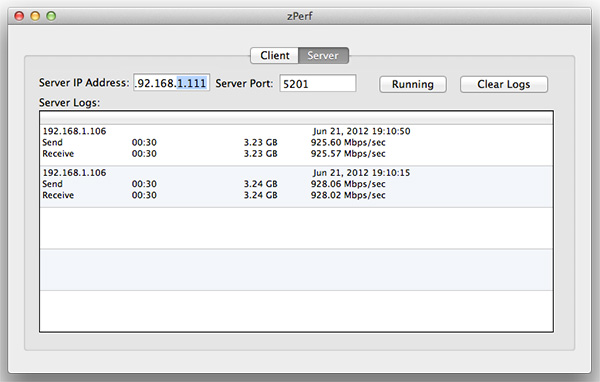
At a price of $30 Apple is most certainly using Intel’s Port Ridge Thunderbolt controller, a cost effective single-channel TB controller without any support for DisplayPort passthrough.
USB 3.0 is provided courtesy of Intel’s 7-series chipset. Apple supports the USB Attached SCSI protocol which should allow for even better performance than what I’m showing below (with all of my focus on Thunderbolt I actually don't have a 6Gbps UASP enabled USB 3.0 dock in house):
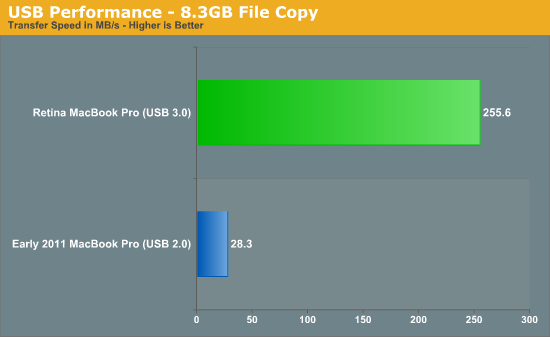


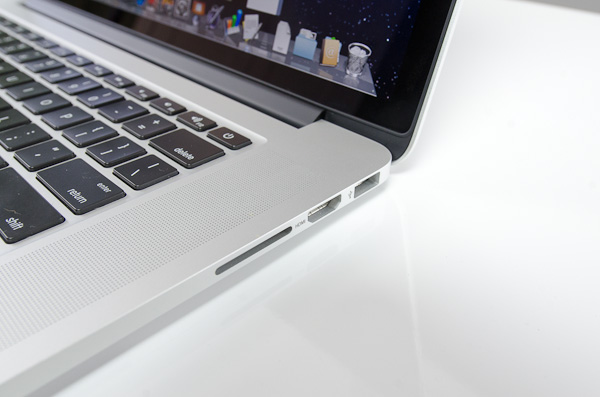
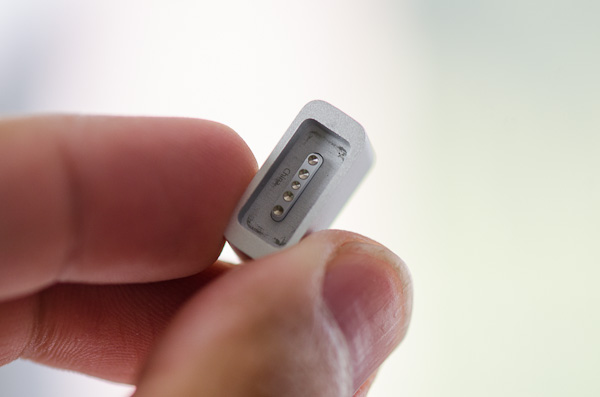
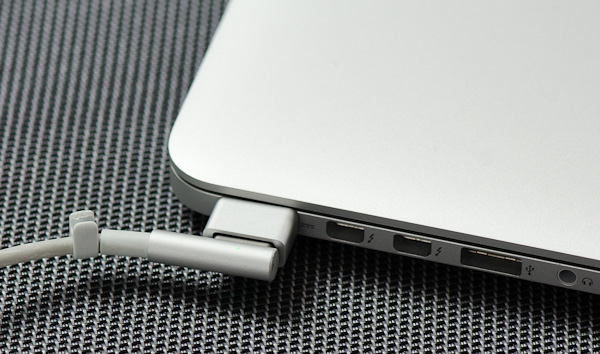








471 Comments
View All Comments
wendoman - Saturday, June 23, 2012 - link
Coming soon as usual.I've been using QuickSync fast encoding for free for over a year.
Spoony - Saturday, June 23, 2012 - link
That's really great for you. Fast encoding with QuickSync is nice. I've used it too, and wished it would get OS X support. Happy to see that is is now.Side note, all of the Windows-based encoders that execute QuickSync use an application-internal package. OS X will be implementing this at the system level, all software today that asks for an encode from QTKit should get it handed off to the fixed-function encoder. It's a much nicer solution, in my opinion.
AnotherNetNarcissist - Saturday, June 23, 2012 - link
Well done. Your medal is in the post.Taft12 - Monday, June 25, 2012 - link
That makes you and Anand who seem to care. We're up to two! I've yet to meet anyone else that does.iCrunch - Saturday, June 23, 2012 - link
...for an amazingly detailed review! This is what I had been waiting for, but nobody else comes even close to the technical knowledge and its applications.I have the "entry-level" rMBP (2.3GHz/8GB/256GB "SSD" NAND Flash) and the first thing I did was to remove Lion and install Mountain Lion DP4 with its thus far single major update. No UI elements ever flashed on me and everything seems to render just right in Safari 6 as well as throughout ML's UI elements and text. That's in both the "Ideal" Retina mode as well as WSXGA+ (1680x1050) and WUXGA (1920x1200). In the latter two modi, everything is just smaller, as you'd expect, but I find that under ML and Safari, it looks (virtually) as good as in "Retina" mode (1440x900).
Have you found any evidence of WUXGA icons in native resolution, for example, as a possible explanation as to why it scales so unbelievably well? I was truly hoping for a second native resolution for SXGA+, which would have entailed an even higher (3360x2100) native resolution, but as I'm typing this in WUXGA, in the highest of the 5 resolution modes, I find everything to appear as though it were native resolution. The crispness of text and images/icons throughout OS X 10.8 ML as well as the absurdly fast Safari 6, or is it all scaling, almost disproving the rule that any display's native (=highest) resolution works best?
As for the SSD, co-incidentally, I had two 180GB Intel 520 Series SSD's in my now former Late-2011 antiglare 17" MBP. I was happy to read through tons and tons of benchmarks spread throughout various articles right here on Anandtech, and even happier to find out that the Samsung 830 Flash that's in my Retina MBP (the 256GB version) and the Intel 520 (180GB) that I had before seemed to be highly comparable in virtually all categories. I am thinking about getting the 2.6 version with the 512GB Flash, but as seems to be the case with the 480GB Intel 520 Series, the 1/2 TB SSD's seem to be a tad slower than those in the 240/256GB range. Any ideas as to why?
IKeelU - Saturday, June 23, 2012 - link
I believe calling this a "revolution in computing" is hyperbole. I/O is evolving, as it always has. Computer density is increasing, as it always has. If anything, the new Mac Pro demonstrates that much improvement can be had in the device itself. It's not just a matter of improving connectivity to more capable devices.DeciusStrabo - Saturday, June 23, 2012 - link
I agree, but in the last few years we saw a backslide in screen resolutions on mobile devices. We had 1920x1200, IPS years ago. Suddenly we got 1366x768, TN, glare on the large majority of laptops. So the change to larger resolutions again (not only Apple, others too have started to include 1080p screens with their laptops as mainstream option).But generally you're correct. We moved from 1024x768 on 15-17" screens everywhere to 27" 2560x1440 IPS being available for as low as 600 USD. Over the next 2-3 years 4k displays will become mainstream for TVs. Technology is moving on, Apple is just one to seize if first here.
solipsism - Saturday, June 23, 2012 - link
Why is 1080p being compared to this display? Even the display in the iPad being powered by a mobile iGPU far exceeds that of 1080p.DeciusStrabo - Saturday, June 23, 2012 - link
Because it is the mainstream option available to laptops outside of one single one (and some old ones like the T61)?dagamer34 - Sunday, June 24, 2012 - link
The iPad doesn't have to deal with a window layering system which greatly reduces the amount of overdraw it has to deal with.